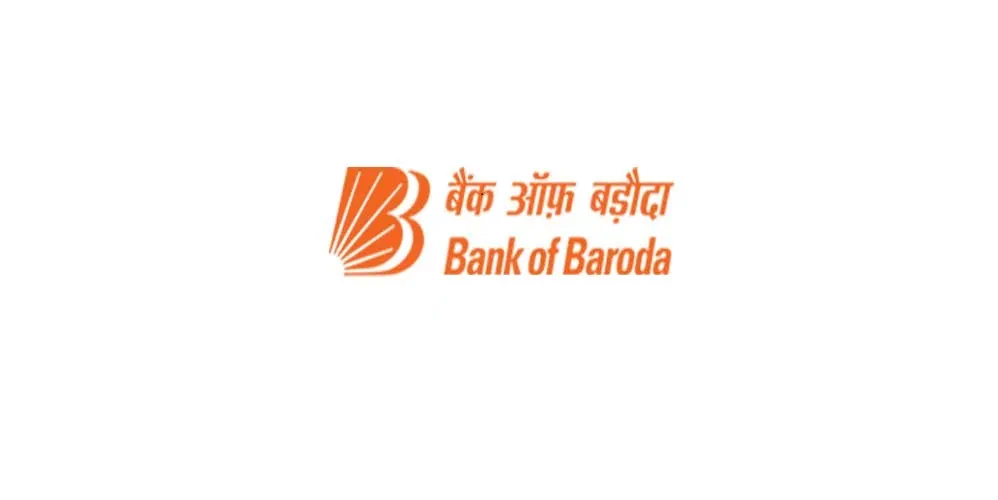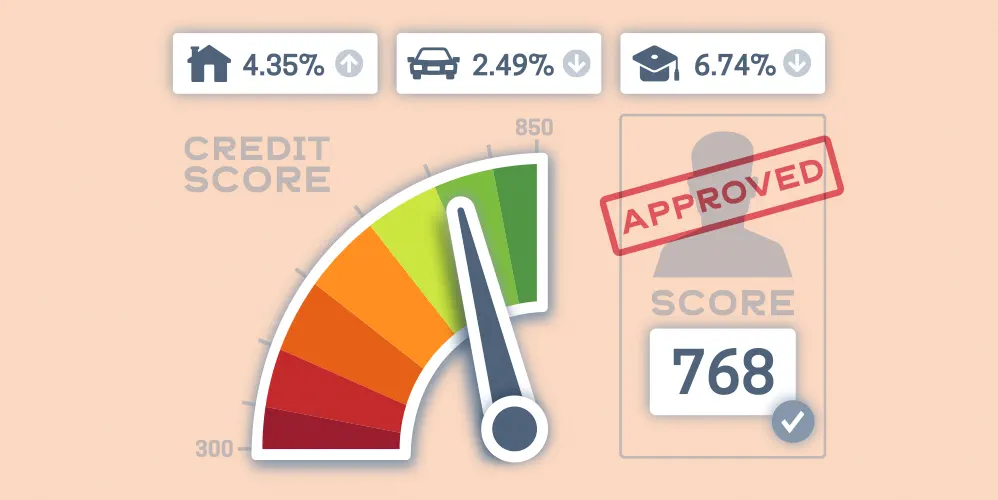
What is a home loan Top-up-edited
05 Jun 2023

Table of Content
What is Home Loan Top-Up?
Buying a home of one's own continues to be one of the biggest aspirations. However, with skyrocketing prices of real estate, property purchase remains out of the reach of many individuals. For this very reason, homebuyers are now increasingly opting for Home Loans to fund their dream house purchase. Banks and several lenders these days offer housing finance at competitive rates of interest, subject to several terms and conditions.
Add to that a top-up on your existing Home Loan product. Many banks, like Bank of Baroda, have Top-Up Loan in their range of loan products. As the name suggests, existing Home Loan customers who may need extra funds can opt for a top-up on their running Home Loans. Their eligibility for the same is ascertained by the lender based on your relationship with the bank, their repayment history and credit score, among other things. The money from such a loan can be used for various purposes, be it for a wedding, fund your child's education, or renovate/repair your home.
Top up Loan at Bank of Baroda
At Bank of Baroda, if you switch your existing Home Loan from another bank via a balance transfer, you can get a Home Loan Top-Up. The minimum is Rs. 1 lakh and a maximum of Rs 2 crore. A processing charge of 0.25% of the loan amount is applicable on a Home Loan Top-Up from Bank of Baroda (minimum Rs 5,000 upfront and maximum Rs 12,500 plus GST).
Are you wondering why you should you take a top-up loan? We try answering that question here. Keep reading to find out more.
Home Loan Top up Eligibility Criteria
An existing Bank of Baroda Home Loan customer (including NRIs, PIOs, staff and ex-staff members), who may have availed of a Home Loan under public scheme or staff housing loans, is eligible for a Top-Up Loan on a Home Loan. The applicant must be at least 21 years of age (and a co-applicant should be at least 18 years old, wherever applicable). For a resident Indian applicant, the borrower's age plus the Top-Up Loan tenure should not exceed 70 years, as per laid down norms mentioned under the Bank of Baroda Home Loan Product (the same should not exceed 65 years for in case of NRIs, PIOs or OCIs).
New customers who opt for a Balance Transfer Loan (called a Home Loan Takeover scheme at Bank of Baroda) are also eligible for a Top-Up Home Loan.
Benefits of Top-up Home Loan
• Minimal documentation, swifter loan approval and disbursal
If you're an existing Home Loan customer, getting a Top-Up on your Home Loan is easier. There is minimal documentation involves since the lender already has most of the required paperwork with you. Plus, knowing your repayment history and credit score patterns make it more convenient for the banks to go through your Top-Up Home Loan application. This makes a speedy and hassle-free loan disbursal possible. Approach your branch for a quick top up loan.
• Attractive interest rates
If you opt for a Top-Up Home Loan, you can get funds at lower interest rates than those available in case of any other personal loan option.
• Available for longer tenures
Depending on the period left in your existing Home Loan, you can opt for a Top-Up Loan for a relatively long tenure compared to other loan options.
• Can put funds to use for a wide range of purposes
You can use the funds from a Top-Up Loan in any manner you deem fit. The money can be used to finance another home purchase, renovation, and extension of an existing house, and even fund medical emergencies, a wedding, or your children's education. No restrictions are placed on how you wish to utilise this option unless you plan to use for speculation or illegal use.
• Lower processing fee as compared to personal loans
The processing fee levied by banks in case of Top-Up Home Loans is generally lower than that applicable in case of personal loans .
Conclusion
While one can argue the pros and cons of a Top-Up Home Loan, it does serve as a good source of emergency funds. Moreover, the fact that you can avail of the option on your existing Home Loan makes the process less cumbersome. So, if you're moving into that new house right away and need some more funds to settle into your place, this may be an option you'd want to look at.
Popular Articles
Guide to Getting Agriculture Loan: Application, Eligibility & Required Documents
Related Articles










Guide to Getting Agriculture Loan: Application, Eligibility & Required Documents
-
Disclaimer
The contents of this article/infographic/picture/video are meant solely for information purposes and do not necessarily reflect the views of Bank of Baroda. The contents are generic in nature and for informational purposes only. It is not a substitute for specific advice in your own circumstances. Bank of Baroda and/ or its Affiliates and its subsidiaries make no representation as to the accuracy; completeness or reliability of any information contained herein or otherwise provided and hereby disclaim any liability with regard to the same. The information is subject to updation, completion, revision, verification and amendment and the same may change materially. The information is not intended for distribution or use by any person in any jurisdiction where such distribution or use would be contrary to law or regulation or would subject Bank of Baroda or its affiliates to any licensing or registration requirements. Bank of Baroda shall not be responsible for any direct/indirect loss or liability incurred by the reader for taking any financial decisions based on the contents and information mentioned. Please consult your financial advisor before making any financial decision.
Your Complete Guide -To The Home Loan Disbursement Process
Now that you have a thriving career, you are done living on rent. You have already picked your dream house. You have also narrowed down on the bank that you want to borrow your home loan from-like for example Bank of Baroda, based on low attractive interest rates, flexible EMI options and speedy processing and simple straightforward documentation. Now before you approach a financial institution, it helps to know how a home loan is disbursed. Here is a simple guide to the home loan disbursement process where we discuss the three stages of home loan disbursement.
What is a Home Loan Processing Fee?
Banks and lending institutions levy a onetime charge on the different types of Home Loan products. This charge, known as the Home Loan processing fee. It is generally not deductible from the loan amount, and the borrower pays it separately. This is a fee to cover the loan processing cost incurred by the lender or the bank. Some banks may waive such processing charges for a Home Loan as part of special offers.

